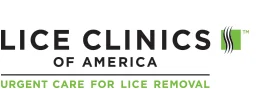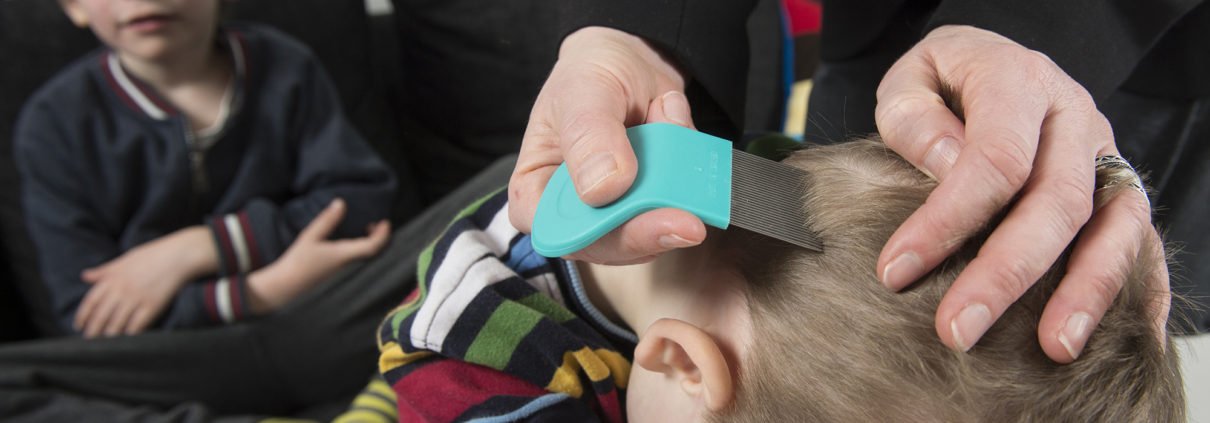Are You Spreading Your Lice?
Head lice aren’t dangerous, as they don’t spread disease. However, they are annoying and highly contagious. It’s best to treat head lice quickly once identified because they can easily spread from one person to another. If you do discover that your child has lice or nits, contact the school staff to let them know. Generally, children can return to school after one treatment. This approach will help lice from spreading to other children in the school. Don’t keep the matter private and tell other parents that your child has lice. Mimi Stamer of the Massachusetts School Nurse Organization recommends “Considering your child’s recent experience and your successful resolution, I would suggest that you share openly with the child’s play-date parent about your child’s experience and inquire if they have any current concerns or suspicions about their own child having lice. There won’t be any absolute guarantee. You will need to continue to monitor your own child’s head and accept that lice may re-occur.”
Steps to Prevent the Spread of Lice
There’s no need to spray your home or its belonging with dangerous insecticides to prevent the spread of lice. Lice are obligate parasites and don’t live long without a human host. After you’ve treated your child with your chosen method of treatment and removed the nits, there are recommended steps to inhibit the spread of lice. According to the Centers for Disease Control and Prevention, “Specific steps can be taken to control the spread of lice.” Here’s a list of precautions to take:
- Have your child avoid hair-to-hair contact with others at camp, during play and activities at home
- Do not share clothing, such as scarves, hair ribbons, hats and sports uniforms
- Disinfect brushes and combs used by the infested person by soaking them in hot water for 5-10 minutes or buy new brushes and combs
- Avoid laying on carpeting, couches and beds recently used by the infested person
- Wash and dry clothing, bed linens and other washables used by the infected person. Use hot water and a high heat drying cycle.
Head Lice Infestations
The incidence of head lice in school children ranges from 2 percent to 52 percent. Infestation is common among children from 3 to 12 years of age according to the American Academy of Pediatrics. The Centers for Disease Control and Prevention estimates that 6 million to 12 million cases of head lice occur every year. Head lice are not very mobile. These tiny insects cannot hop or fly. This is why the spread of head lice is often via direct head-to-head contact. Transmission through brushes, bedding and clothing are much less common. Cats, dogs and other pets do not play a role in the transmission of head lice.
Registered nurse, Sheila Fassler says “Selfies are to blame because when people gather around the phone to take a picture lice are traveling from one head to another.” She has noticed a growing trend among high school and college-age students getting lice. She reports that out of 10,000 heads she’s inspected for lice, she’s treated 4,000. Those taking selfies often do it in groups with heads hanging close together.
Lice isn’t due to one’s hygiene, and anyone can get it. There’s nothing to be embarrassed about. According to Deborah Altschuler of the National Pediculosis Association, “Communities that speak openly about head lice are in a much better position to avoid embarrassment and overcome stigmas. Not surprisingly children are often much better at understanding this issue than parents. The silver lining of an outbreak is that it puts the issue in the forefront. We can learn a lot about our community preparedness for communicable diseases in general by the way we respond to head lice. Parents need to work together and respectfully communicate on this and other public health issues whenever possible.”
Effective Treatment for Lice
Lice Clinics of America-North Shore offers several effective treatments to control the spread of lice. Our full-service treatment for lice kills living lice and 99.2 percent of nits. This procedure also include a comb-out and topical rinse. Our express treatment utilizes the revolutionary AirAllé® device, which is heat controlled to eradicate lice. Customers are also given a kit with a combing mousse, comb and topical rinse. The do-it-yourself treatment provides all the products needed to be lice-free. If you’re seeking professional treatment for lice, be sure to visit liceclinicsofamerica.com to learn more. They have 150 locations in 18 countries, making them the largest network of lice clinics in the world.



